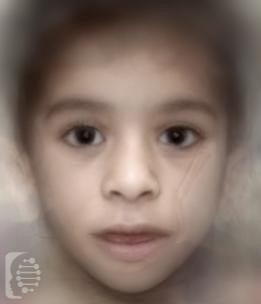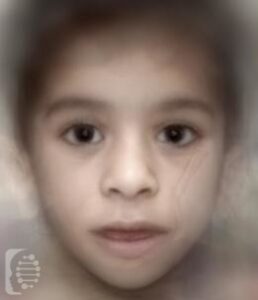What is Lipodystrophy, Congenital Generalized?
Lipodystrophy, Congenital Generalized is a rare disease, it is also known as Berardinelli-Seip syndrome this rare genetic condition leads to the loss of almost all of the body fat of an affected individual. Coupled with this is an increased muscularity.
Metabolic issues and issues breaking down glucose can lead to complications with the syndrome.
There are four different types of conditions, each with its own specific gene mutation. Around 500 cases of the syndrome have been identified worldwide.
What gene change causes Lipodystrophy, Congenital Generalized?
- Type 1: caused by mutations in the AGPAT2 gene.
- Type 2: caused by mutations in the BSCL2 gene.
- Type 3: caused by mutations in the CAV1 gene
- Type 4: caused by mutations in the CAVIN1 gene
- Type 5: caused by mutation in the PCYT1A gene
It is also possible that there are other gene mutations responsible for the syndrome that have yet to be identified
It is inherited in an autosomal recessive pattern. Autosomal recessive inheritance means an affected individual receives one copy of a mutated gene from each of their parents, giving them two copies of a mutated gene. Parents, who carry only one copy of the gene mutation will not generally show any symptoms but have a 25% chance of passing the copies of the gene mutations onto each of their children.
What are the main symptoms of Lipodystrophy, Congenital Generalized?
The first symptom of the syndrome is an absence of body fat at birth or early infancy. Prominent veins, and enlarged muscles are also identified at this age. Growth can be accelerated and affected individuals will have enlarged hands, feet, and jaw. Another common syndrome is an increased appetite.
Other symptoms include enlarged muscles, an enlarged liver, and an enlarged spleen. A buildup of fatty deposits in the liver, causing it to become enlarged, may lead to more serious liver conditions in time-including cirrhosis.
Symptoms may also vary between affected males and females. All females with the syndrome are infertile, whereas males experience no reproductive issues. For females, the development of polycystic ovary syndrome is the cause of this infertility.
How is it diagnosed?
To find out if someone has a diagnosis of Lipodystrophy, Congenital Generalized, it is important to have a consultation and evaluation with a clinical genetic specialist. Specialists may also suggest specific genetic testing or other types of tests to help reach a diagnosis. FDNA’s AI technology can help speed up the diagnostic process by analyzing facial features and other health information.


